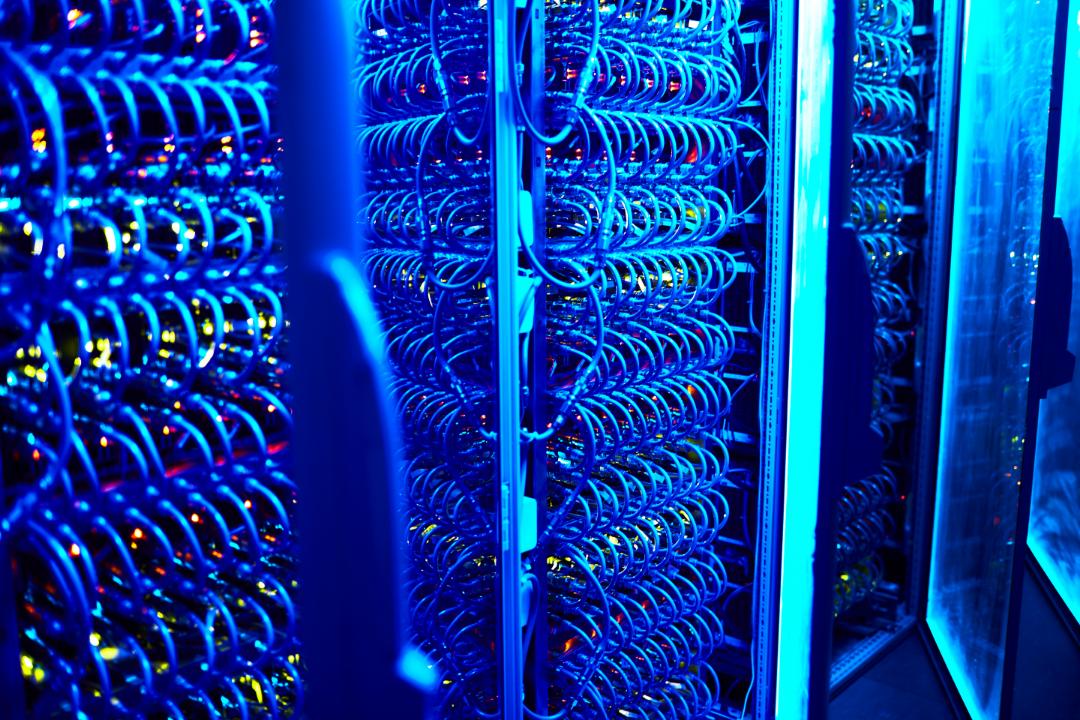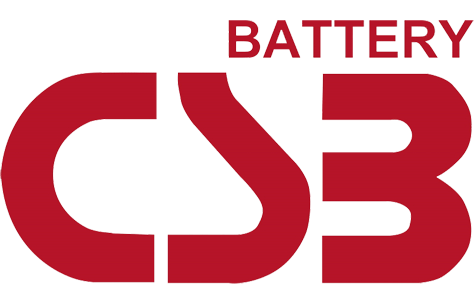DATA CENTRES VS THE CLOUD
Recent predictions regarding the long-term future of data centres have been a little ominous to say the least!
The case of data centre versus cloud would appear to have two fundamental and diametrically opposed arguments. One side maintaining that you should move away from the storage of data on-site altogether, opting instead for a cloud based system. The other side making the case that information should be retained on-site but housed within a substantially upgraded system, that has capacity to meet new and future increases in demand.
Throw into the mix the opinions of those who believe a data centre that incorporates a cloud system is the way forward, together with the opposing claim that a cloud system incorporating a data centre will be the best solution and it becomes quite evident that there is no single line of thought.
The options for those tasked with managing large volumes of data are a little mind-boggling to say the least – but which side of the argument is right?
Secure Power has been party to a number of client debates regarding this controversial issue. As leading UPS providers to the data centre industry, we regularly speak with those assigned to weighing up the pros and cons of this tough decision. Irrespective of the conclusion finally reached, the verdict will have a direct impact on the level of backup power provision the company then requires.
This is where we become involved - advising those that are looking to increase capacity on upscaling their power protection strategy, or reducing backup power provision for companies that are moving to data storage off-site. Whatever the scenario, it is vital the UPS solution in-situ is correctly-sized and working at an optimal level.
The one thing that is guaranteed on this topic, is that the volume of data handled globally is on the rise and set to increase. Regardless of where you sit in the data centre versus cloud argument, there are some interesting points for consideration.

The Changing Shape of the Data Centre
A data centre houses and maintains back-end IT systems and data stores (its mainframes, servers and databases) to transmit over a network. In the days of centralised IT operations, this department and all the systems connected to it would have been housed in one physical space, hence the name.
Nowadays this is not as much the case, due to advancements in technology which have seen a significant rise in more distributed computing methods. These ‘remote’ data centres house the company’s hardware and data infrastructure in a separate building, which may be located either fairly close to the business or further away.
The Cloud
Unlike a data centre, that is housed within a physical building, the cloud hosting environment exists on servers. These are located remotely and have multiple backups spread over a number of locations to increase reliability and improve overall system performance.
Due to the level of redundancy available, the cloud pretty much guarantees that data will always be accessible, short of the entire internet crashing.
But Here’s the Contradiction ...
Enterprise’s need to support workers throughout, and since, the pandemic has resulted in a huge growth in Software as a Service (SaaS) and Desktop as a Service (DaaS) web-based software. This, together with the prolific growth in Internet of Things (IoT) device applications, is driving the seismic shift towards the use of cloud systems.
All of these public cloud-based applications and their associated data have to be hosted somewhere.
Q. And where is that?
A. They are in fact hosted on servers across the globe.
Q. And where are those servers and all of the associated network infrastructure located?
A. You guessed it, in data centres!
It is not possible to have cloud computing on such a large scale without a data centre to support it. In fact, such is the anticipated volume of demand for cloud hosting that we are now seeing the global expansion of ‘hyperscale’ data centres. These massive facilities are capable of processing and storing vast amounts of data. Not surprisingly, due to the advantages of economies of scale and custom engineering, these enormous hyperscale units are significantly outperforming their more traditional enterprise data centre counterparts.
So Why the Headlines of Doom?
When you really look at the issue, the question is not so much data centre versus cloud as local hosting versus remote hosting.
The market and industry trends that are shaping the way businesses now view their data centre strategy is being driven by a number of factors; these include the ageing of existing data centre infrastructures - that may not be capable of meeting future business requirements, a continual rise in overall costs and the need to be more energy efficient. For these reasons in-house data centres that provide local hosting are understandably becoming less favourable.
Remote data centres on the other hand are on the rise and it’s easy to see why. There is less up-front investment and the responsibility for maintaining infrastructure is passed to another party. According to Gartner, the leading research and consulting service for businesses in the IT sector:
“As enterprise infrastructure moves toward cloud distributed application delivery, the data centre itself is being transformed. Infrastructure and Operations leaders must transition to a hybrid model mindset where the presence of an on-premises data centre is no longer the primary driver for infrastructure decisions.” (Source: Gartner – How to Evolve Your Physical Data Centre to a Modern Operating Model, Jason Donham & Jonathan Forest, 29 March 2022)
Regardless of which side of the argument you favour, the ominous headlines predicting the death of the data centre are not quite accurate. In-house systems are evidently, and for obvious reasons, becoming less popular, but the need for servers that are capable of hosting large volumes of data and cloud applications are here to stay.
Businesses will need to consider their options on an individual basis. It may be that cloud is better, it may be that their current in-house data centre provides everything they need or perhaps a hybrid model as suggested in the Gartner report would be the most appropriate.
Regardless of the option chosen it is critical that businesses regularly re-visit the backup power protection strategy they have in place to ensure they still have the correct level of provision. Any changes to existing infrastructure are likely to result in the UPS being either under-utilised or over-utilised leading to poor performance levels or a complete lack of protection should a power outage occur. The resulting deficit in supply leading to data loss, damaged files, destroyed equipment or in some cases complete shutdown …….. which really could lead to, and forgive the pun here, the ‘death of the data centre!’
Secure Power has been providing critical power solutions to the data centre industry for over a decade and has earned an industry wide reputation for delivering first class backup power services. With preventative maintenance at the core of the business, Secure Power has its own team of engineers, available nationwide, 24/7. The company offers a wide range of UPS solutions including hire, installation, commissioning, immediate response and ongoing maintenance and service works alongside UPS battery testing, removal and relocation. For more information on the extensive range of UPS systems and power protection services available please get in touch with a member of the team on 0800-080-3118 or email [email protected]














